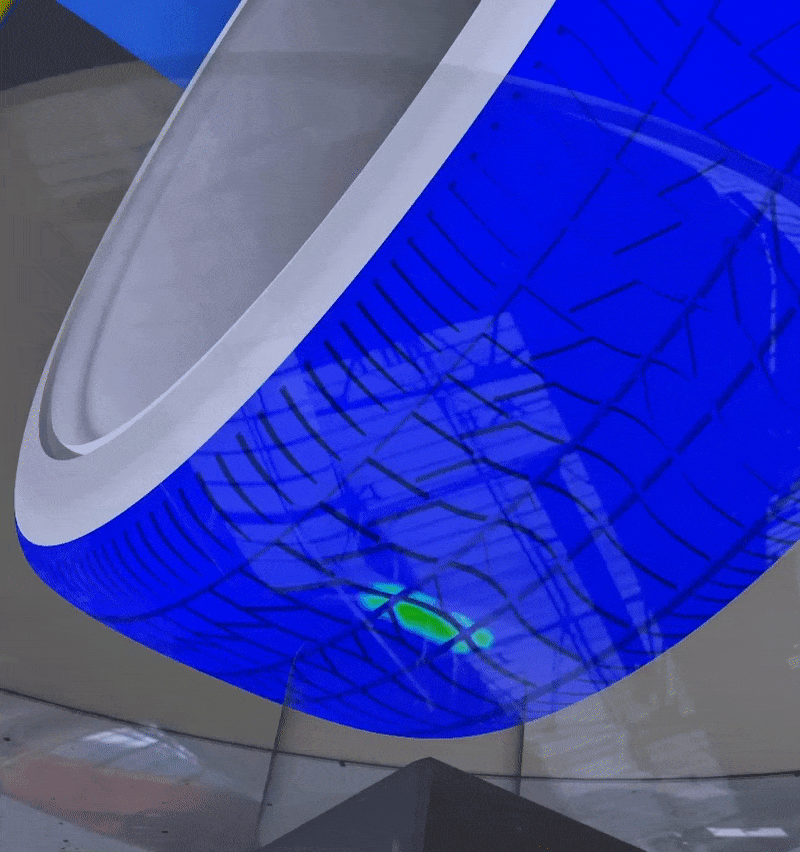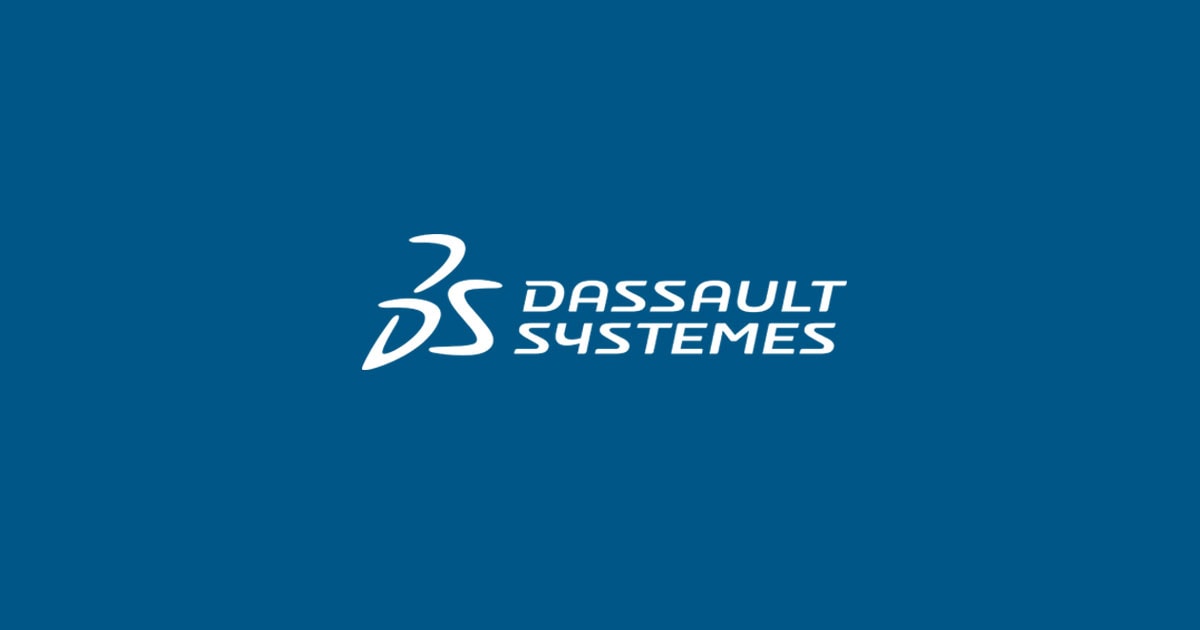Introduction

For a certain category of customer, tire manufacturers are moving away from just selling a new set of tires every year. Many large-scale fleet providers are starting to embrace tires as a service. This is a significant shift in a very old industry that has historically just had a single point of contact with their customers.
Tire as a Service: Rather than just selling hardware, tire OEMs are now selling mobility uptime. In order to make this efficient and worthwhile tires are not just replaced on a fixed schedule, e.g. every 12 months, but rather when the wear and tear actually calls for it.
This new business model requires constant monitoring of the health of every individual tire. Collecting all this information forms the bedrock on which decisions are made. A variety of sensors can be placed in and around the tire to measure things like run time, pressure and transient load. In order to read this data wireless communication is a must as it is just not practical or feasible to run wires to and from the tire. An antenna strategically placed on the inside of the tire can allow for fast and non-invasive collection of the data. Every time a vehicle passes by either a person with a hand-held reading device, or a fixed reading station placed for example at highly frequented gas stations, data is transmitted from the tire to the cloud for ongoing analysis.
The Problem
Tires operate under constant load and significant stress; they need to last for tens of thousands of miles driving across roads of varying quality in all manner of weather. Accurately predicting the life of a tire and in our case, of the antenna that has been installed therein, would be nigh impossible to do via physical test. This is where high fidelity and tightly coupled multiphysics simulation comes into play.
Tire Topology
A tire is not, as one might initially think, just a rubber donut that one fills with air every couple thousand miles. The structure is a highly complex multi-layered assembly. All these sandwiched layers are made up of different materials such as nylon, steel webbing and different types of rubber. An accurate virtual representation that reflects this complexity is needed to perform detailed multiphysics simulation. Add to that the antenna whose operation and performance we want to evaluate. The antenna will often just stick to the inside of the tire’s sidewall; however, for truck tires where the sidewalls are often further reinforced with a steel sidewall, the antenna needs to be embedded in the tire during the manufacturing process as to not be stuck inside a faraday cage.
The antenna can either be built from scratch based on e.g. data sheets or selected from Antenna Magus. Antenna Magus is an interactive catalogue of over 350 different antenna topologies for countless applications in which we can directly tune a given antenna and perform lightweight analysis of its expected performance and antenna characteristics. This catalogue can be easily filtered by e.g. use-case, frequency range or packaging constraints to quickly narrow down the design space to a manageable selection of antennas that might be applicable for a given application. In our case, we need a planar antenna that operates in the frequency range of 800 to 1000 kHz; we therefore selected an appropriate meander antenna that would be used for such a use-case.
Simulation Scenario

A tire is under significant stress throughout its life. If the tire pressure is not checked regularly, it will likely run low and deform in the area where it is in contact with the ground. If that were the case, the installed antenna would also deform. This deformation could have a significant impact on both the direct performance and functionality of the antenna and on the life expectancy of said antenna.
As we have a full virtual twin of the tire assembly in conjunction with the installed antenna, we will perform the analysis at the worst loading case, which is when the tire rotation places the antenna at the bottom of the tire with maximum expected deformation, using Tire Analysis Engineer Role on the 3DEXPERIENCE platform.
The antenna, which is designed and optimized as a flat structure, is initially adhered to the un-deformed inner liner of the tire. Then we can apply the deformation vector to the full tire assembly as well as the antenna to generate the fully deformed device under test.
Electromagnetic Analysis
The deformed assembly can directly be brought into the electromagnetic simulation environment where the regular electromagnetic simulation set-up occurs. The main steps will include assigning appropriate material properties to the complex tire assembly and antenna; defining the excitation and boundary conditions; setting up the solver; and localized mesh refinement.
Due to the nature of the problem where we have a deformed thin panel antenna on a relatively large structure, we choose to use our market leading transmission line matrix (TLM) solver. Due to its use of an octree mesh, we can easily apply a very fine mesh in the proximity of the antenna, where this resolution is required to accurately mesh the geometry, while automatically reducing the mesh fidelity the further away from the antenna we get. The resulting mesh has 25 million cells and in order to efficiently run the simulation we make full use of cloud computing and GPU acceleration, which our time domain solvers can utilize to significantly reduce simulation times.
CST Studio Suite’s powerful post processing engine allows us to generate all manner of outputs that might be relevant. In this case, beyond the normal antenna related KPI such as scattering parameters and farfield directivity, we might be interested in the read-distance at which the tire can still successfully communicate with a handheld reading device or the aforementioned reading stations. This can easily be set up and visualized accordingly.
Process Automation
Now that both the structural and electromagnetic simulation have been fully set up and tested, we are interested in performing a tightly coupled multiphysics design of experiment. Rather than analyze the assembly for one tire rotation angle we can use Process Composer to couple the two physics and then perform a parameter sweep across every possible rotational angle to ensure the antenna works well under all circumstances.
Life Expectancy
Finally a word on fatigue. As previously discussed the tire assembly will be under load for a considerable amount of time. The filigree structures of the meander antenna are particularly susceptible to fatigue issues. Every pot hole that is hit has the potential to cause a fracture in the metal structure that is just going to grow over time until the antenna finally breaks and no longer functions. Fatigue analysis can help predict how many cycles and how long a given structure can be expected to survive before failure. This would be an important metric by which tire replacement needs to be scheduled. Detailed telemetry information will help the OEM to make informed decisions on a case by case basis for each tire.
Summary
In summary, this highly integrated MODSIM workflow brings associativity between a parametric CAD and high fidelity multiphysics simulation. This allows for unmatched understanding between the various design parameters and the effect they have on the systems performance under realistic load conditions. Due to the single source of truth in the CAD for downstream simulation, we can perform tightly coupled multiphysics analysis and evaluate the impact that the structural deformation might have on the electromagnetic performance of the installed antenna. All this culminates in a better understanding of the product and optimized design in a significantly reduced amount of time.
Interested in the latest in simulation? Looking for advice and best practices? Want to discuss simulation with fellow users and Dassault Systèmes experts? The SIMULIA Community is the place to find the latest resources for SIMULIA software and to collaborate with other users. The key that unlocks the door of innovative thinking and knowledge building, the SIMULIA Community provides you with the tools you need to expand your knowledge, whenever and wherever.


